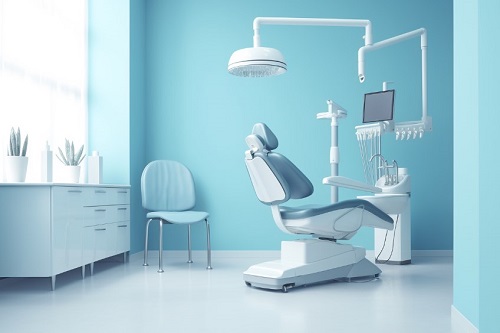What are the uses of Beryllium Oxide Ceramics?
Every time when we talk about the beryllium oxide, the first reaction is that it is toxic whether it is for amateurs or professionals. Although beryllium oxide is toxic, beryllium oxide ceramics are not toxic.
Beryllium oxide is widely used in the fields of special metallurgy, vacuum electronic technology, nuclear technology, microelectronics and photoelectron technology due to its high thermal conductivity, high insulation, low dielectric constant, low medium loss, and good process adaptability.
High power electronic devices and integrated circuits
In the past, the research and development of electronic devices mainly focused on performance design and mechanism design, but now more attention is paid to thermal design, and the technical problems of thermal loss of many high-power devices are not well solved. The beryllium oxide (BeO) is a ceramic material with high conductivity and low dielectric constant, which makes it widely used in the field of electronic technology.
At present, BeO ceramics have been used in high-performance, high-power microwave packaging, high-frequency electronic transistor packaging, and high-circuit density multichip components, and the heat generated in the system can be timely dissipated by using BeO materials to ensure the stability and reliability of the system.

Nuclear reactor
Ceramic material is one of the most important materials used in the nuclear reactor. In reactors and converters, ceramic materials receive radiation from high-energy particles and beta rays. Therefore, in addition to high temperature and corrosion resistance, ceramic materials also need to have better structural stability. The neutron reflection and moderator of nuclear fuel are usually made of BeO, B4C or graphite.
The high-temperature irradiation stability of beryllium oxide ceramics is better than metal; the density is higher than beryllium metal; the strength is better under high temperature; the heat conductivity is high and the price is cheaper than beryllium metal. All of these excellent properties make it more suitable for use as a reflector, a moderator, and a dispersed phase combustion collective in reactors. Beryllium oxide can be used as control rods in nuclear reactors, and it can be used in combination with U2O ceramics as nuclear fuel.
Special metallurgical crucible
Actually, BeO ceramics is a refractory material. In addition, BeO ceramic crucible can be used in the melting of rare metals and precious metals, especially in the requiring high purity metal or alloy, and the working temperature of the crucible of up to 2000 ℃. Due to their high melting temperature (2550 ℃) and high chemical stability (alkali), thermal stability and purity, BeO ceramics can be used for molten glaze and plutonium.

Other Applications
Beryllium oxide ceramics have good thermal conductivity, which is two orders of magnitude higher than common quartz, so the laser has high efficiency and high output power.
BeO ceramics can be added as a component in various components of glass. Glass containing beryllium oxide, which can pass through x-rays, is used to make X-ray tubes that can be used for structural analysis and medically to treat skin diseases.
Beryllium oxide ceramics are different from other electronic ceramics. So far, its high thermal conductivity and low loss characteristics are hard to be replaced by other materials. Because of the high demand in many scientific and technological fields, as well as the toxicity of beryllium oxide, the protective measures are quite strict and difficult, and there are few factories in the world that can safely produce beryllium oxide ceramics.









